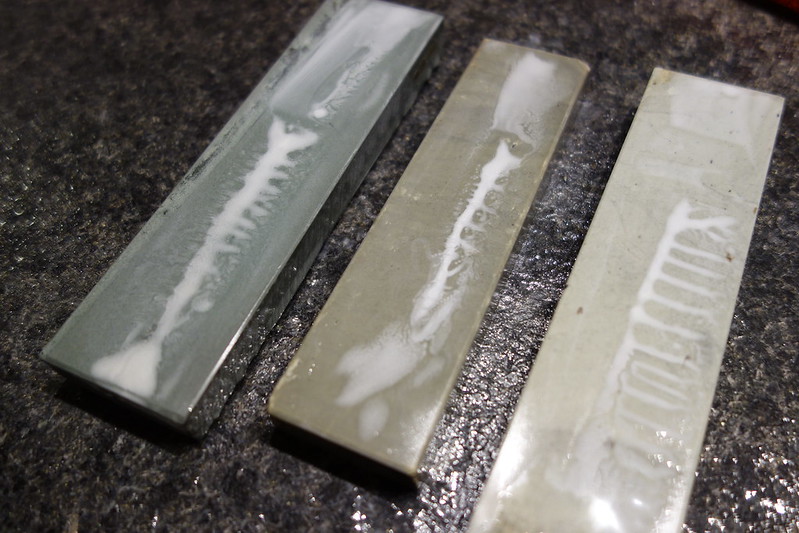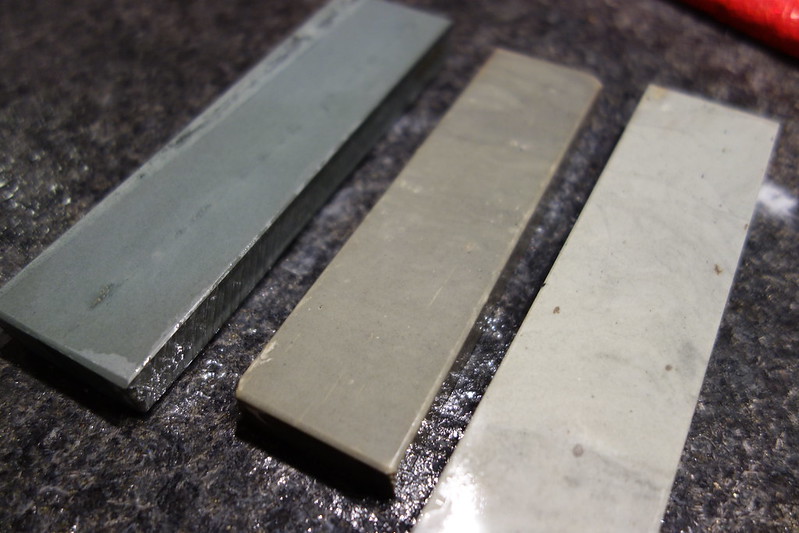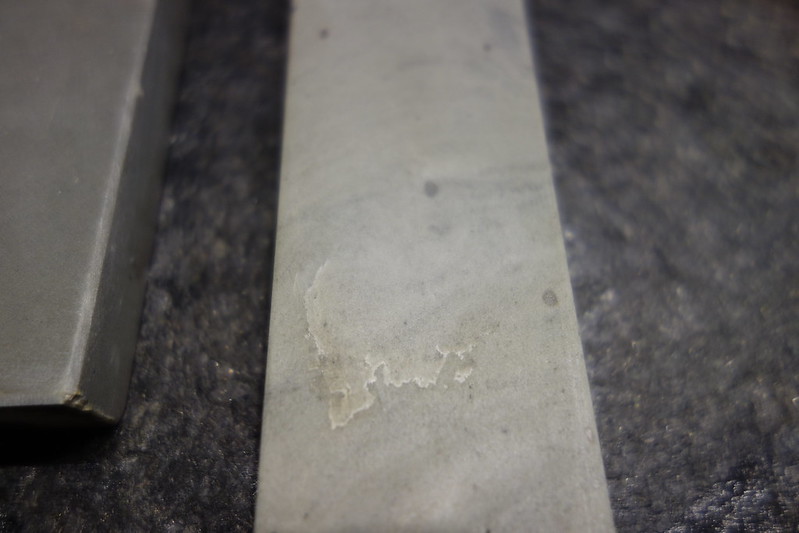- Thread starter
- #21
Hey Brooksie967, could you like teach me? I hear you're the flavour of the month on the homing er honing forum.My thoughts on this natural: Paul, learn how to hone and then use this somewhere in your progression to see if it makes you any better?














